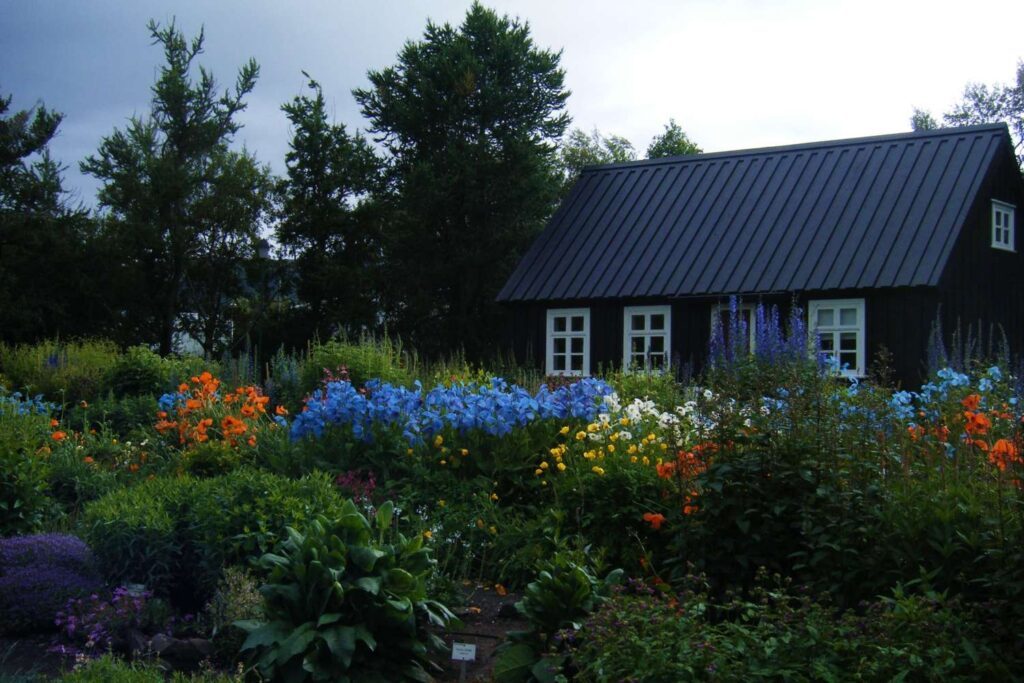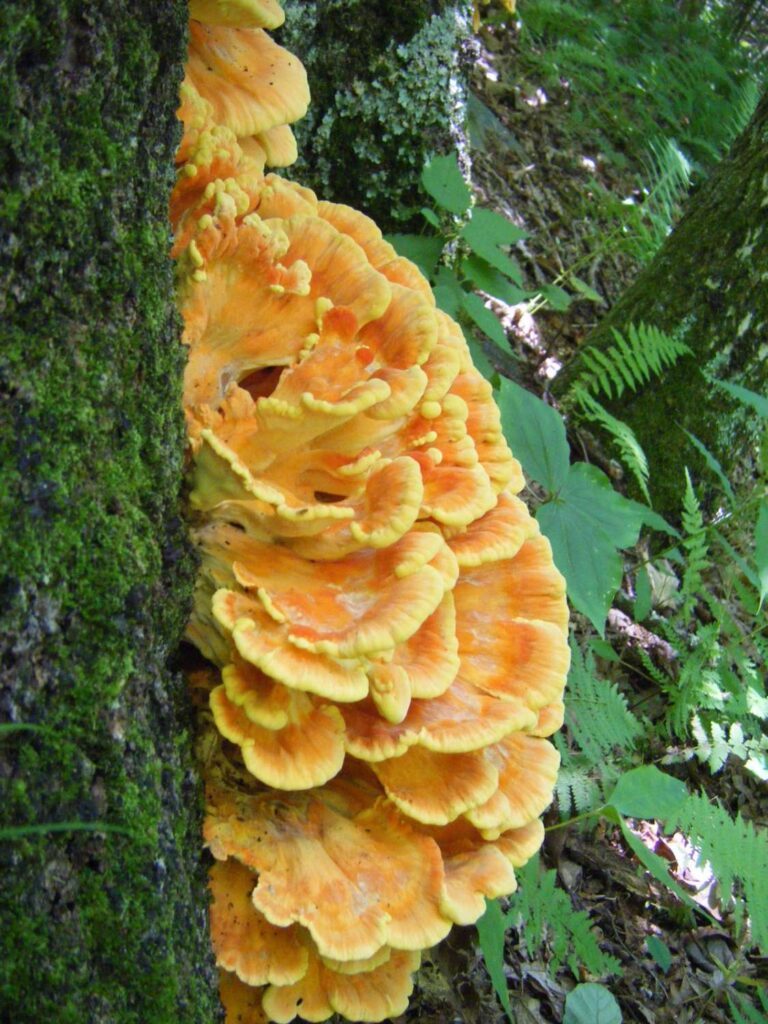For millennia, the land we know as Western North Carolina has nourished and provided a home for thousands of species of animals, plants and fungi.
The web of life here in these mountains contains a grand diversity of stories, from the great towering tulip tree (Liriodendron tulipifera) to the majestic hellbender salamander (Cryptobranchus alleganiensis). There’s an undoubtable magic that dwells in the wild lands of the Blue Ridge Mountains.
So, we as humans emerging from an unsustainable, industrial society are faced with a question. How can we approach living in this land in a regenerative way, that supports the flourishing of all the other unique life forms we share this home with?

The answers may come to those with persistent curiosity who ask at the right moment. Perhaps, the answers emerge at the beginning of a new homestead, or during an ecological summit, or right here in an article for you to read.
One answer to how our own human habitats can be rewoven into the fibers of natural ecosystems lies in how we procure our food. The land here is abundant and supports a great number of fruit and nut trees; this is an opportunity to more deeply connect with the cycles of harvest, storage and culinary relationship with the natural world.
Nothing tastes fresher than food from the very landscape we inhabit, and that has been a guiding force in my mission to bring edible landscaping to those who are either unaware of the nuances or unable to plant fruit and nut trees around their home landscape. I started a project called “1,000 Fruit Trees for Western NC,” and have so far connected more than 500 fruit and nut trees to small-scale human homesteads in hopes of helping others begin and continue their path to bioregional food resilience.
Cultivated ecosystems have been providing food for humans for thousands of years. Even before agriculture began some 5,000 to 10,000 years ago, human societies were managing forests to promote growth of abundant species of oaks (for acorns), other staple nut crops, and various fruiting trees that provided sustenance to a wide range of wildlife, including themselves.

Some permaculture-minded folks promote the notion that a cultivated ecosystem can produce significantly more calories per acre than a monoculture field based simply on the diversity of yield. Fruits come in a range of seasons and grow more vertically, providing space for many layers of harvest. From the ground to the very top of the tallest forest garden tree, plants are photosynthesizing and turning sunlight into food for the ecosystem to thrive.
With the predominant natural ecosystem of our area as hardwood forest, it only makes sense to mimic the pattern of how the world around us is growing to provide our sustenance. Planting fruit and nut trees is a gift to future generations and a way to live into the question mentioned before of how to support regenerative mutual flourishing.
So many mentors and inspirations are hard at work in our bioregion helping to guide the way we look at food resiliency in the modern age. I encourage you as a reader of this article to continue the conversation with those who may otherwise not hear this perspective on ecological reintegration, and please plant a fruit tree or two. Or perhaps fill your yard or the yard of a friend.
From a small seed grows a great tree, feeding many generations to come.
Danu Macon plans to plant a million trees before his earth path carries through. He has studied permaculture and landscape design, including a year-long apprenticeship with local practitioner Zev Friedman. Macon lives around Western North Carolina helping friends plant out their homesteads, leading efforts to bring fruit-tree education to public schools and telling stories of the regeneration of human ecosystems. Connect with Macon at wholetreepermaculture.tumblr.com.
You can also view this article as it was originally published on page 43 in the 2019-2020 edition of the directory.

